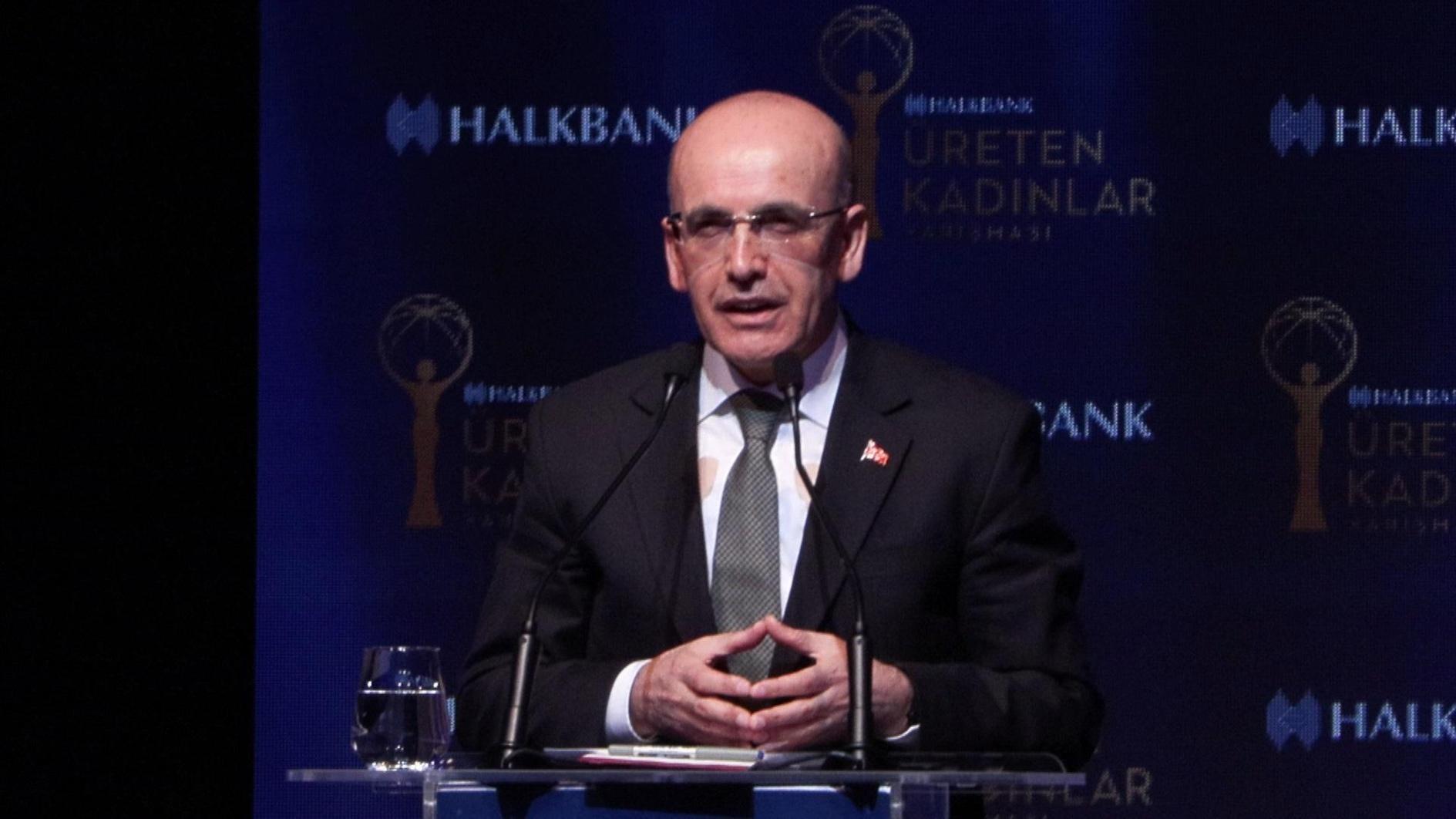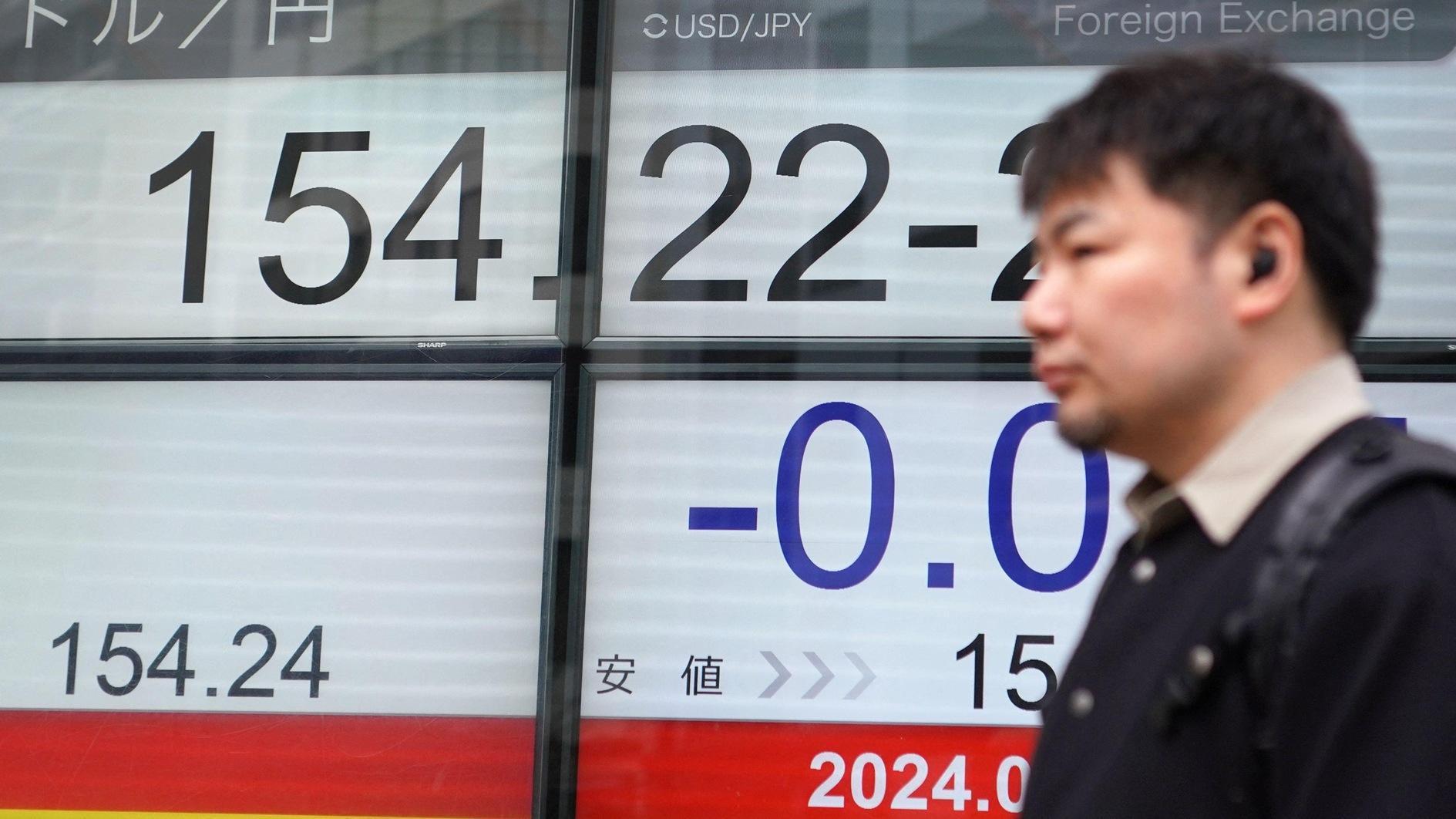Time ‘stops’ in İzmir during coup attempt
Nazlan Ertan - İZMİR

DHA photo
For the average İzmir resident, one of the striking events in the city of the night of July 15, when people took to the streets to avert the coup attempt, was the destruction of one of the clocks in İzmir’s turn-of-the-century clock tower.The İzmir Clock Tower, which is 115 years old, is not merely an emblem of the city, but a symbol of its glorious past and the cosmopolitan, multi-cultural, multi-faith and polyglot nature of the city and its center, called Punta. Initiated by the city’s Nicosia-born mayor Kamil Pasha, financed by the Muslim and non-Muslim bourgeoisie, built by French architect Raymond Charles Pere, it is a mixture of neo-classicism and Ottoman architecture. Aimed at celebrating the 25th anniversary of Abdul Hamid II’s accession to the throne, the clock itself, a centralized piece with four different cadres that look in four different dimensions, was a gift from Wilhelm II.
The tower, which has an iron and lead skeleton, is 25 meters tall and features four fountains which are placed around the base in a circular pattern. The columns are inspired by Moorish themes and the tower built like a cross is decorated with delicate mosaics and colored marble that were brought from Marseille. In two corners there were the Ottoman coat-of-arms, which were replaced by the crescent after the founding of the Turkish Republic.
“The İzmir Clock Tower is the symbol of the modernization of the Ottoman Empire,” said Prof. Zafer Toprak of Boğaziçi University in a symposium that marked the anniversary of the tower. “The fact that it was built marked a transition to a 24-hour perception of the day, rather than a concept that divided the day through five prayers.”
The tower was also a tough survivor: It was undamaged in the great fire of İzmir, at the end of the War of Independence; it stood firm during the 1974 earthquake, although its clock stopped at 2:04 a.m., the time of the quake.
The watchmaker who saved the clock
On the night of July 15, the mob of demonstrations who gathered at the city square damaged the marble of the tower and one of the clocks, the one that faced the sea front. Worried that the excitement could lead to more damage, the mayor’s office immediately took the tower under protection and started an inquiry to find those responsible for the damage. Local press darkly hinted at a burglary; columnist Yılmaz Özdil of daily Sözcü wrote a tongue-in-cheek piece “Here Comes Democracy,” in which he mocked the demonstrators who claimed to build democracy but, in fact, destroyed a tower that stood against time.
Relief came when Feti Pamukoğlu, the third generation of a watchmaking family who historically looked after the clock, announced through his social media account that although the pieces of the clock were damaged, none were lost. “One of the clock dials, the one that faces the sea, was damaged. So I took out the pieces and the dial, with the full knowledge of the relevant authorities. Though there is nothing stolen, there are some damaged pieces,” he wrote on his Facebook account.
Talking to Hürriyet Daily News on the phone, he said he had arrived to see the clock in the early hours of the next morning. Using his private key to the control room, he saw that the pieces of the clock were broken and scattered around but “fortunately, there was no missing piece.” He said that he would do his best to repair and put them together.
For the past 21 years Pamukoğlu has taken care of the tower, assuring its efficiency and precision. That meant on-site visits every six days and complete “check-ups” every three months. “I am just a professional who believes in doing his best,” he said. It was his sense of duty that brought him to the tower in the early hours of the morning. It may be thanks to his visit that the pieces are all safe, ready to be put together when the time is right.
















